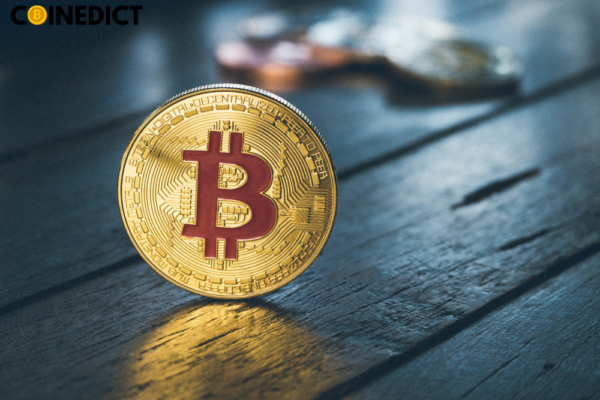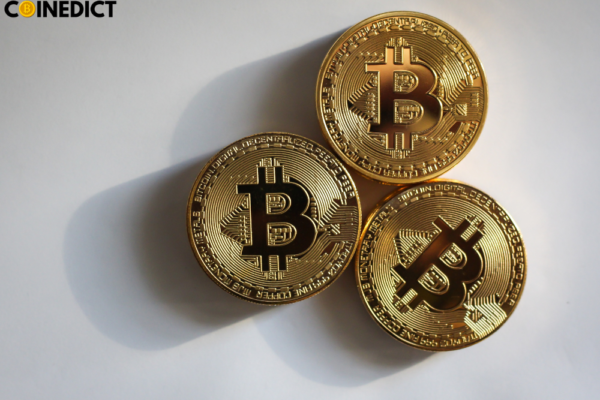
Cryptocurrency Sector Valuation Surges Past $3.5 Trillion Amid Market Rebound
The cryptocurrency market experienced a dramatic resurgence on Thursday, as the total sector valuation soared beyond $3.5 trillion. This marks a robust 9.4% recovery following the market crash earlier in the week, signaling renewed investor confidence and market stability. Liquidations Highlight Volatility Despite the positive movement, the last 24 hours have been turbulent for many traders. Data reveals that approximately 104,700 traders faced liquidations, with the total value of liquidated contracts reaching $298.5 million. Notably, long contracts accounted for 58% of this total, equating to $172.7 million. This highlights the significant risks associated with leveraged trading in the volatile cryptocurrency market. Political Endorsement Boosts Bitcoin In an unexpected turn of events, President-elect Donald Trump hinted at the possibility of adopting a Bitcoin strategic reserve during his visit to the New York Stock Exchange on Thursday. While details remain sparse, such a move could mark a watershed moment for Bitcoin, further legitimizing it as a strategic financial asset. Market analysts speculate that this announcement contributed to the day’s bullish sentiment, as it underscores the growing acceptance of cryptocurrency at the highest levels of government and finance. Broader Implications The recent surge in valuation is being closely watched by market participants and analysts. This rebound not only restores a degree of investor confidence but also raises questions about the sustainability of such rapid recoveries in the face of underlying volatility. With institutional interest in cryptocurrency continuing to rise and potential political endorsements on the horizon, the sector appears poised for further growth, albeit with its characteristic unpredictability. The Road Ahead As the market moves forward, traders and investors will need to remain vigilant. The events of the past week serve as a stark reminder of the cryptocurrency sector’s inherent volatility, where substantial gains and losses can occur in short timeframes. However, the prospect of greater institutional and governmental involvement suggests a more stable and regulated future for digital assets. For now, the cryptocurrency market’s ability to recover so strongly after a significant downturn reflects its resilience and the growing belief in its long-term potential.

















